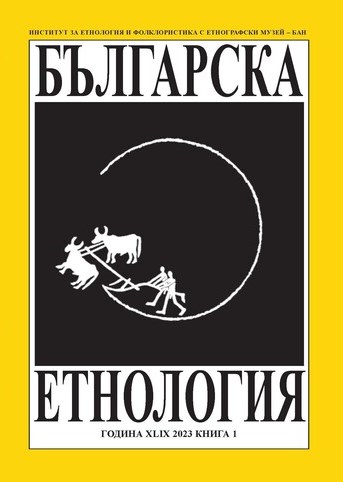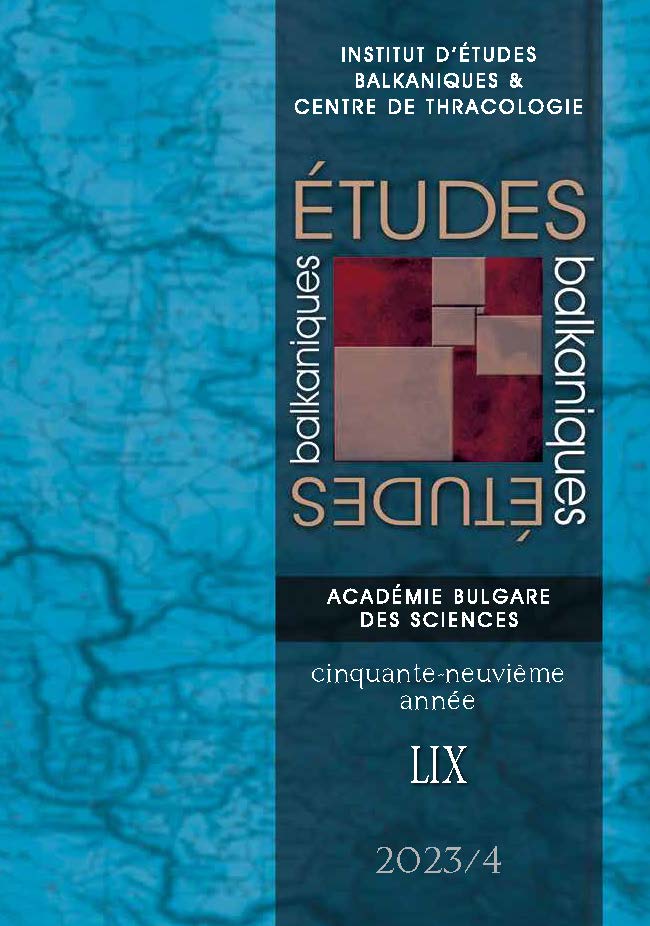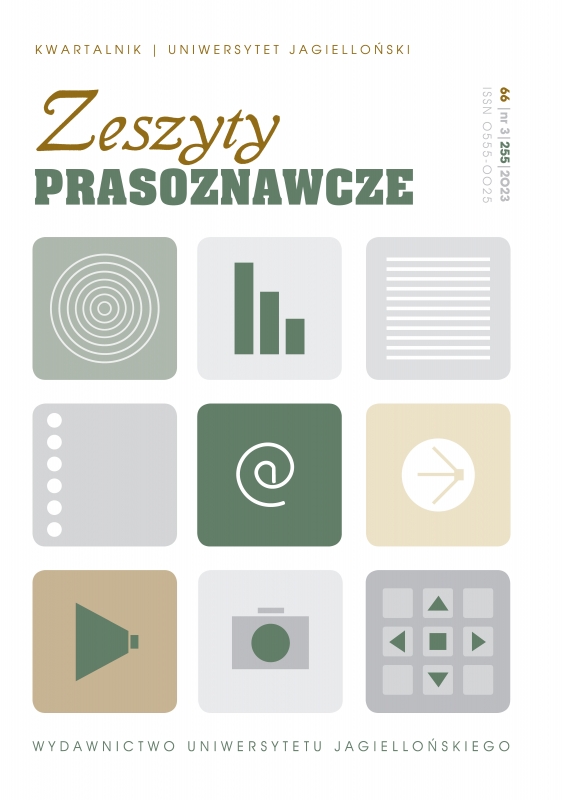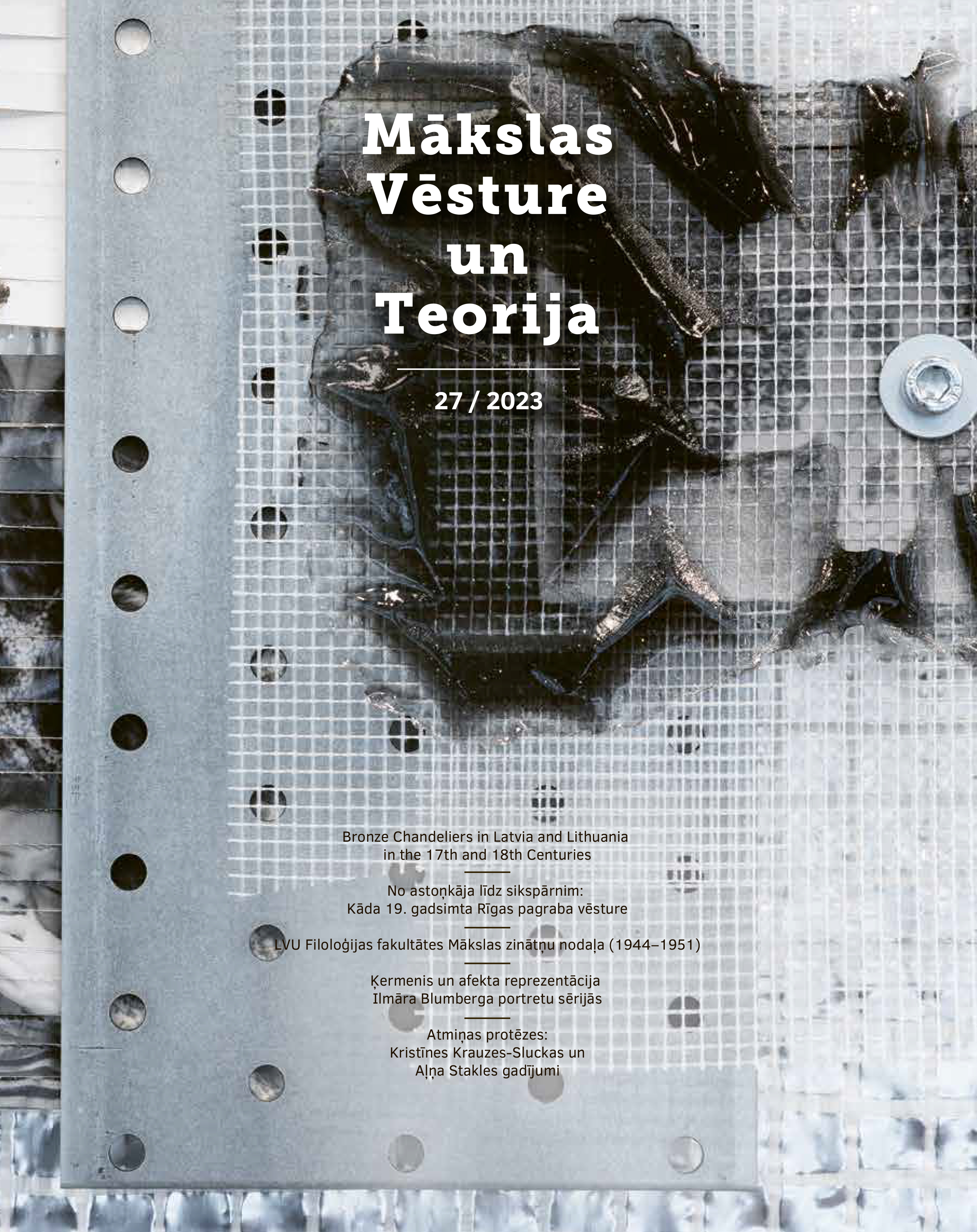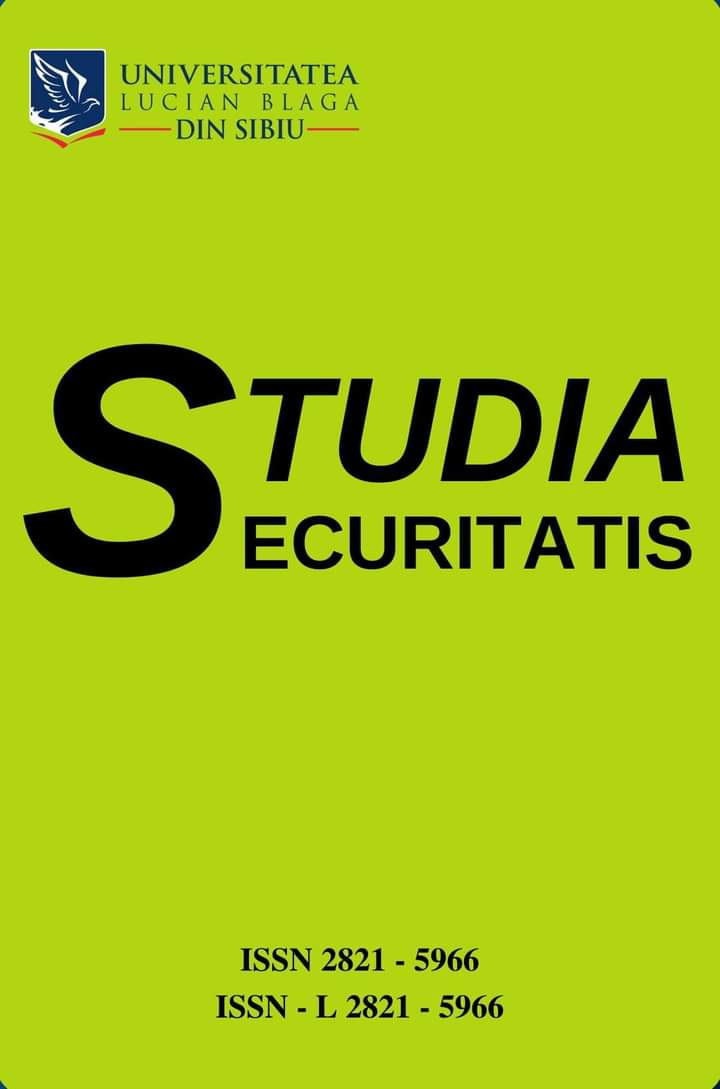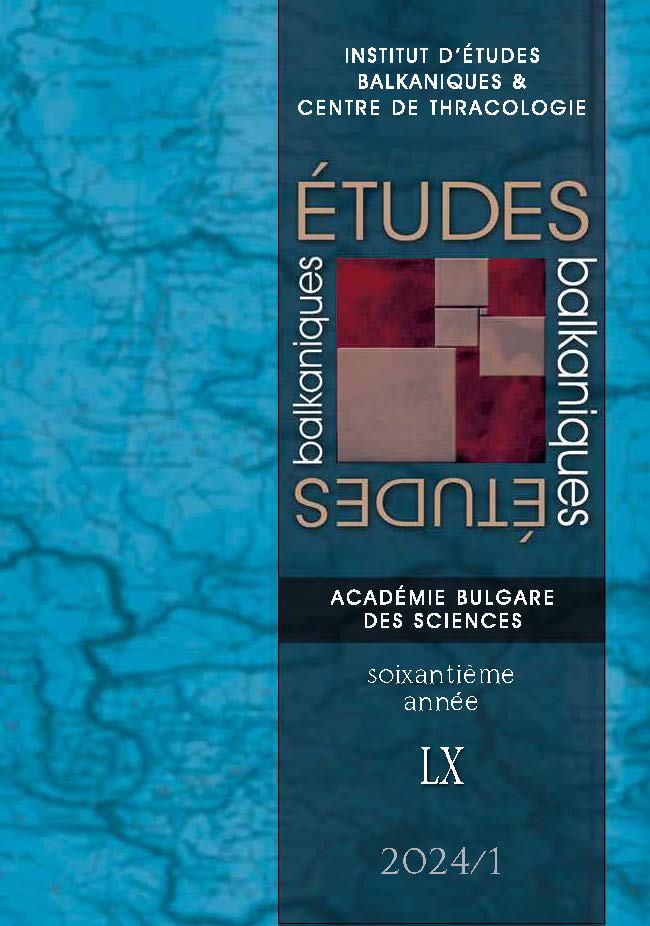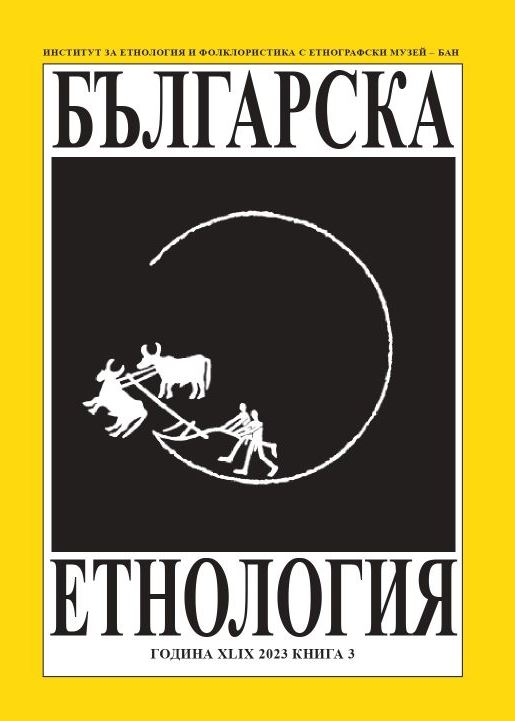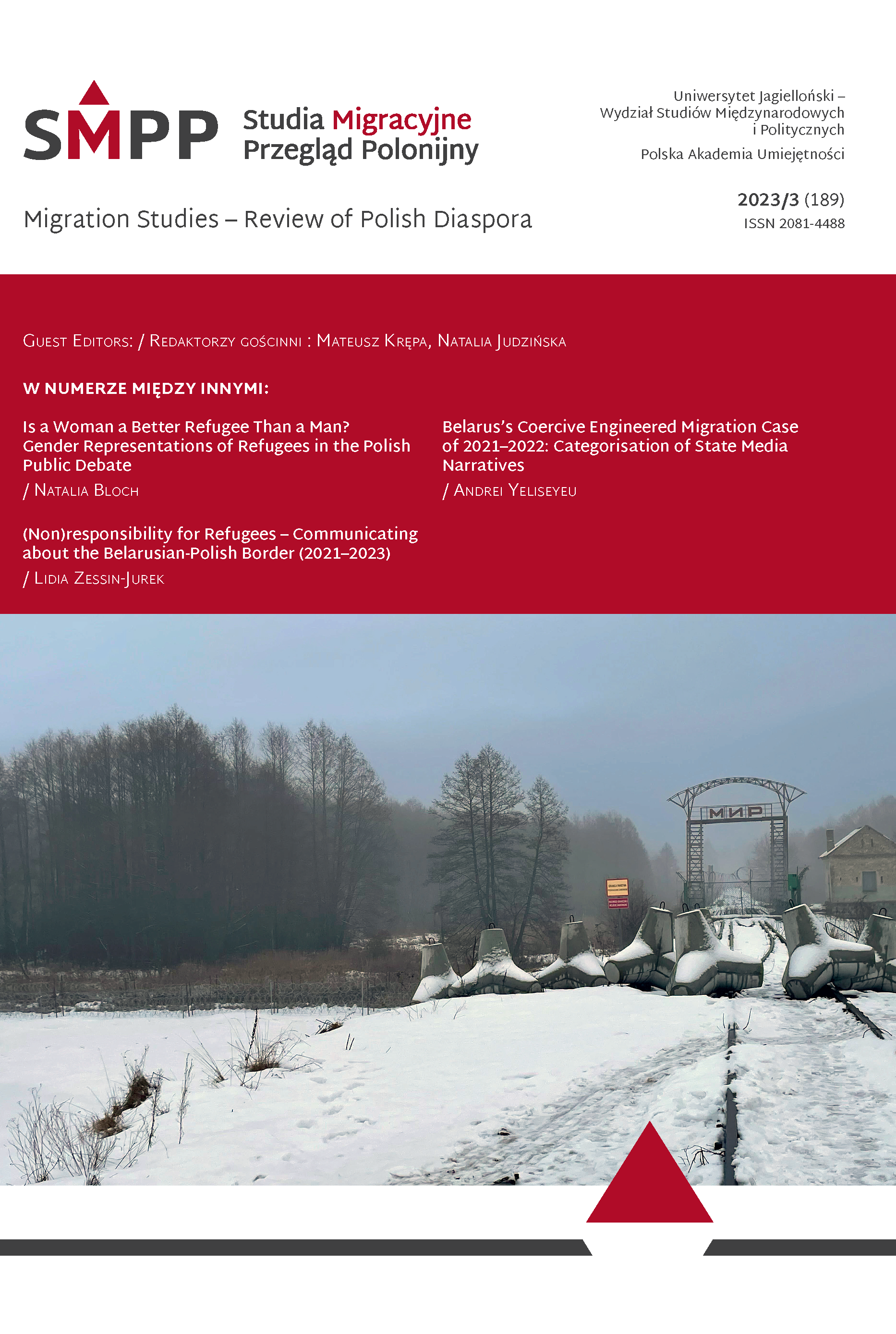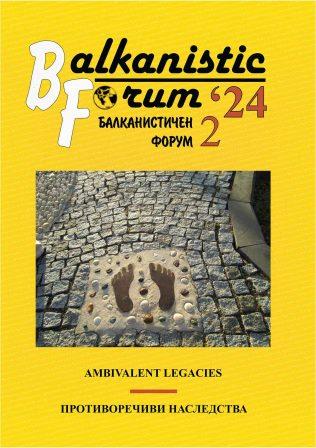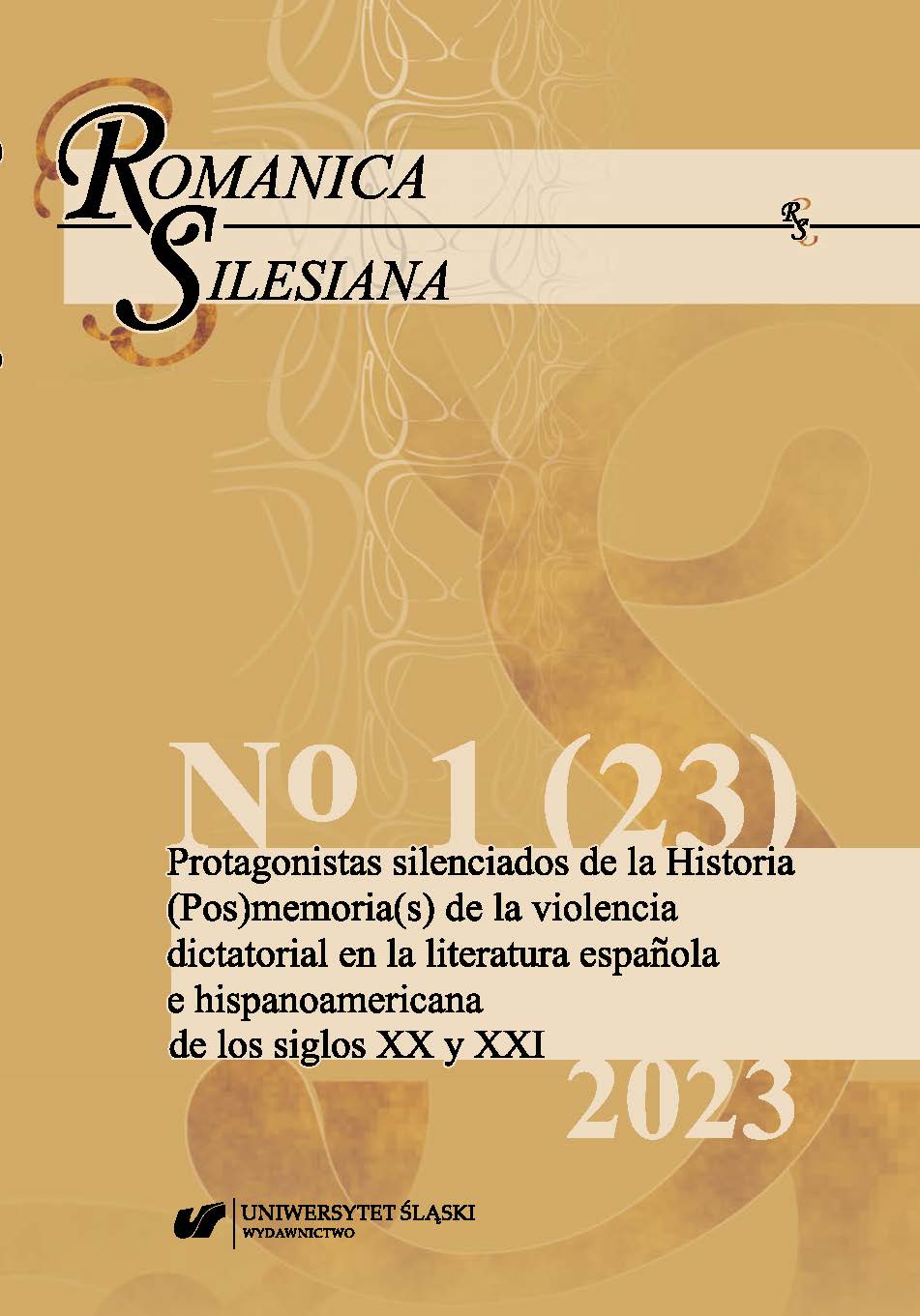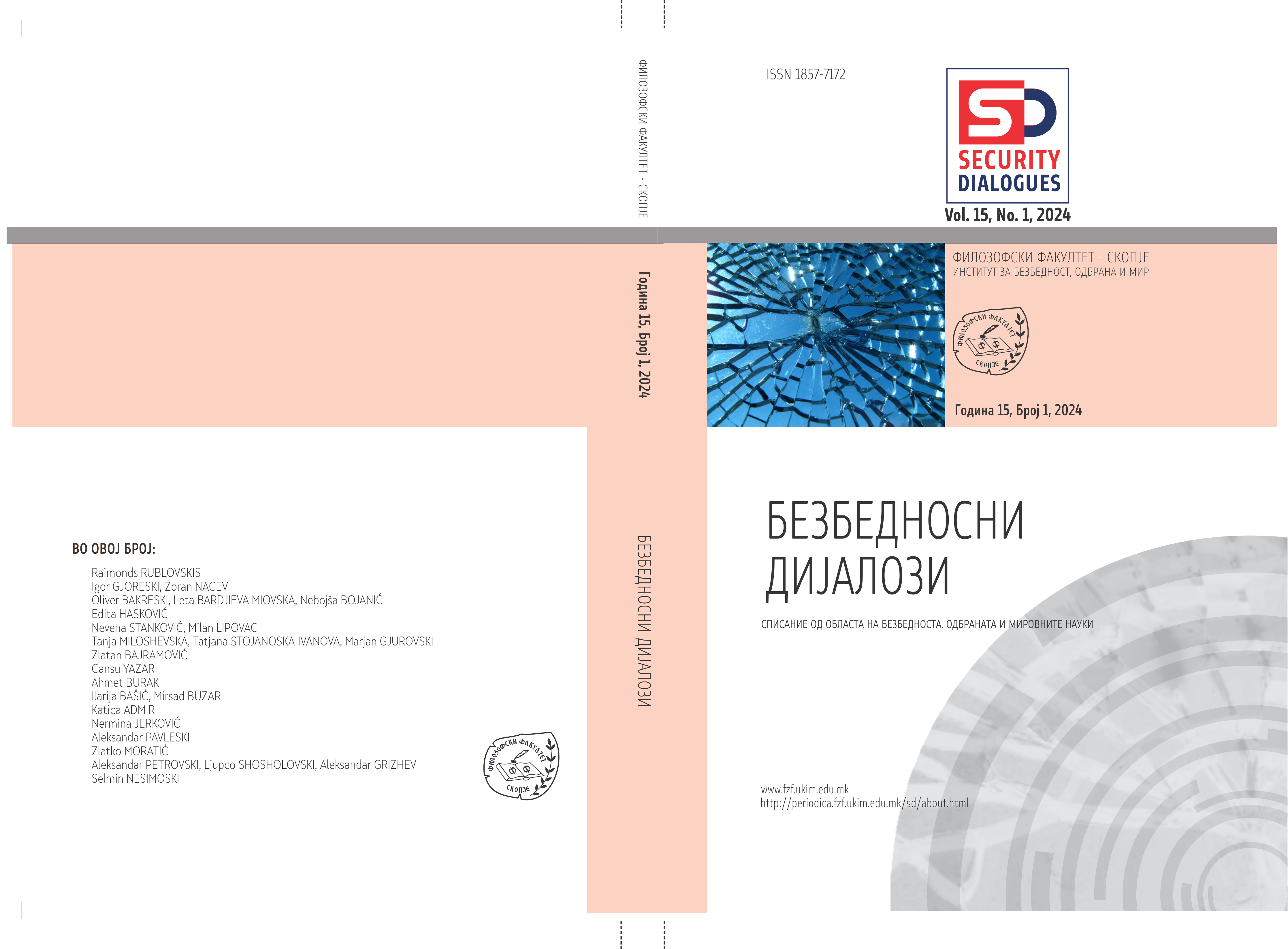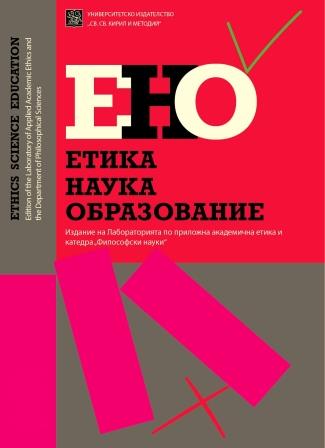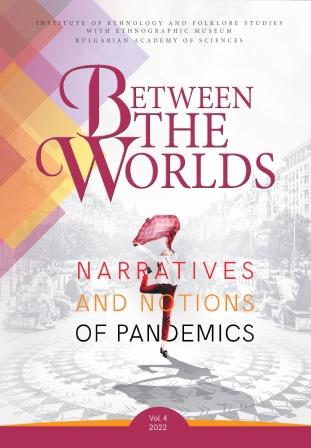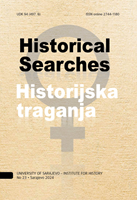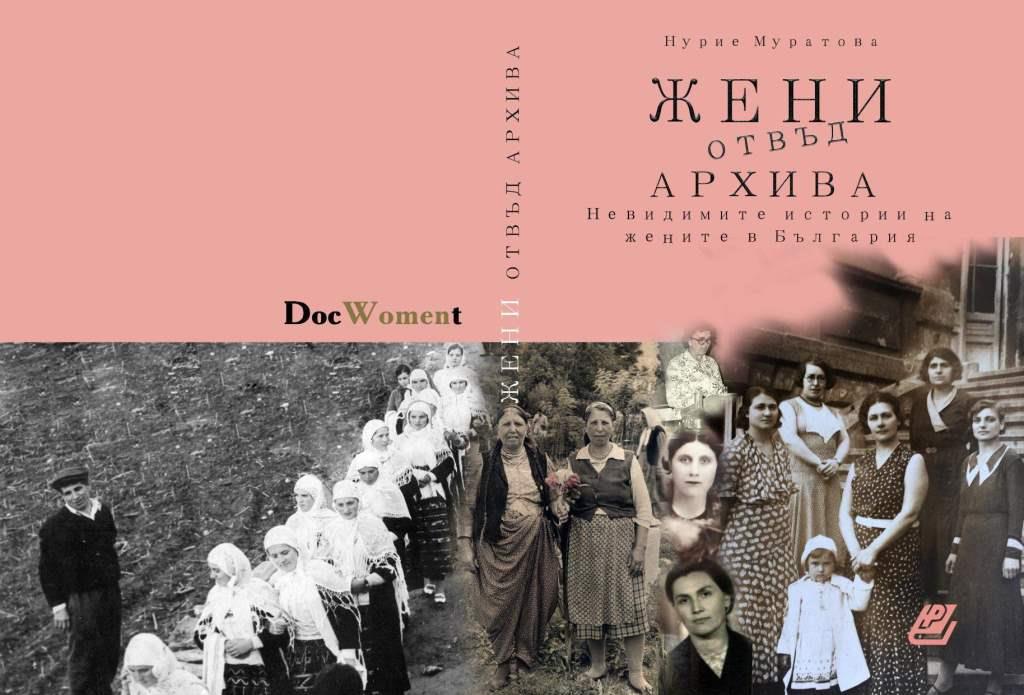
ЖЕНИ ОТВЪД АРХИВА. Невидимите истории на жените в България
The monograph “Women beyond the Archive. Invisible Histories of Women in Bulgaria” is focused on researching the archives of and for women in Bulgaria. The proposed model encompasses the chronological framework of the period of the communist regime and considers the historical conditions of the founding of the State Historical Archives in 1951. The object of the study are the archives of women vis a vis the traditional historical archives. I try to outline the presence of the history of women and women’s lifes in the documental heritage. The purpose of the research is to define the models of archive availability in Bulgaria, related to the history of women and more specifically to define the historiographic situation in the sphere of researching gender and the history of women. The archive policies which are part of the general policies of the totalitarian period predetermined the documental presence of history of women. Today we possess a huge ammount of documents – mainly official, about the state activists as well as about the distribution and the manegement of the documentation of the period. It is to be noted that women, who did not fit the ideological narrative of the period are neglected by the archives, because of the well known ideological and institutional standing of the establishment of the State Archives in Bulgaria. Women of diverse minority groups, women who belonged to the political opposition, women workers in the factories, field workers and so on are left out of the collections of the State Archives – or they are present only with especially selected showcase faces. In addition, in the post-socialist archives in Bulgaria once again are absent the a number of groups of women like Gypsy women, Pomak women, Turkish women. Generally speaking, women from the low class – or of diverse ethnic or religious background – are marginalized as well as in the global documental heritage. This situation defines the difficulties which face the researcher of the history of women in Bulgaria. A number of topics and research fields are ignored being unclear and documentary not supported. Still, these obstacles could stimulate the use of non-conventional sources and methods, enriching the research methods. The use of oral history and interdisciplinary methods that unite the approaches of different humanitarian and social sciences gains specific importance. Both the academic discussions and the new research fields, developed after the fall of the Iron Curtain found their place in our scholarly discourse. I have to emphasise that I was not led by the often used practice to adjust the ‘big’ theory to my own research. I have chosen the vice versa method – to let the results of my research found their theoretical justification. Part of my academic inquiries inscribed into the modern theories of the postcolonial studies, minority studies, intersectional theories of accumulation of inequalities and marginalization, and modern identity archive theory. Onether purpose of my research is outline some fields in the archival system which could not be studied by conventional methods. The developing research fields of Gender Studies, History of Women and History of Gender Relations in Bulgaria rarely pay attention to marginalized women. In the first chapter I contemplate the theories which could be applied to the research of the ‘hidden’ women. My aim is not to cover all theoretical recourses but rather to spot possible research horizons. In the first chapter I follow the processes of interaction between historiography and archives as practice of documentation in the framework of socio – philosophical and archive theoretical doctrines. I take into account the postcolonial theories, the theories of intersection of inequalities and marginalization in the context of their relation to the present academic situation in Bulgaria. One of the purposes of the monograph is to outline as a research field the life stories of sometimes double or triple marginalized women.They could be approached by different research methods – and especially via interdisciplinary methods. In the second chapter I present the origin, the history and the development of the archives of women and for women, their variety and specificity in their international context. The geographical framework includes women archives in Europe, the Balkans and the USA. The varieties of archive practices are connected with the enriching the definition of the archive – surpassing the notion of the classical historical archives. The so called ‘identity archives’, part of which are the women’s archives are the best example for this case. In the third chapter I describe the situation in the Bulgarian State Archives in relation to documental heritage of women. For this task I use statistical methods for outlining its size on the background of the official polices towards women. For data searching in the entire archival system of the Bulgarian State Archives I used the informational system of the institution. I analysed the content of all the files (Фонд) in order to define only the archives related to the history of women. Another important documental resource are the personal files of women (including family records) which I researched in details. What is important to note about the personal archives is that they reflect directly the policy of the archival system in preserving the memory of women. The last chapter includes several case studies of women’s archive stories which I have studied in details and which I have already published (some of them in joint works with other colleagues, including published books). In this chapter I consider their stories only from the point of view of their archive presence and in relation to the statement of Mary Beard “No documents, no history”. Through the prism of postcolonial theories and the theories of accumulation and intersection of inequalities and marginalization I have researched the archival presence of Muslim women and Gipsy women during the totalitarian period. There have been many research obstacles related to the reconstruction of life stories of three women who were activists of the Bulgarian Agrarian Union. Two of them (Rajna Lapardova and Nevena Elmazova) have two ‘archives’ – one ‘official’ prepared and delivered by them to the State Archive – and another one fabricated by the repressive apparatus of the State Security. which outlines different biographical trajectory. The third woman who belonged to the Oppositional Agrarian Union (Tsvetana Tsacheva) has spent years in the communist labour camps after 1947, when the political opposition in Bulgaria was eliminated. Tsacheva does not have official archive and her life story could be reconstructed only using the method of oral history. Although there were some traces in the State Security Archive marking the persecution against her, her own experience would have been unknown if the method of field research was not used. The other similar cases of persecuted women because of their Turkish ethnic origin were the lecturers at the Sofia University Mefkure Mollova and Hayrie Memova-Suleymanova. The persecutions against them are well documented in the State Security Archive at the expense of the lack of any traces of their academic and other professional activities. The last case (the writer Zlatka Cholakova) is about the so called ‘drawer’ literature, which was sent to the State Archive by misunderstanding. This personal archive research demonstrates the benefits of the so called ‘archive revolution’ which has happened in the last decades – with the opening of the archives of the State Security and the Communist Party. The opening of the archives which are classified as ‘secret archive’ provided opportunities for different kind of research, including the one related to women, who are often excluded from the common research interest.
More...
